By clicking SUBMIT, you agree to the processing of personal data and to the privacy policy
Artificial Intelligence
helps identify plant diseases
Artificial Intelligence
helps identify plant diseases
helps identify plant diseases
iFarm, wich teamed up with with Poteha Labs and software developers from Catalyst-Team, started using the so called telegram bot in order to identify deviations in plant growth stage at vertical farms. As a neural network, it uses recent vision analyses technologies and provides information about the health of the plant.

The identifying process mentioned above is very simple: if the farm employees find a plant which does not blossom well, it photographs it using his phone and sends it to the telegram bot to find out the possible cause of deviation. Thus, the neural network detects matches and answer directly on the application.

In the future a similar system will be used within all facilities that use iFarm technology. Moreover, by using autonomous drones that will observe plants, it will allow to quickly identify divergences in the plant growth stage, avoiding the spreading of diseases and possible yield loss, making iFarm growing technology more reliable.

Poteha Labs is developing and implementing machine learning technologies. Experience combined with the best experts provide the companies with effective products that's attracted specialists from Catalyst-Team, who were interested in developing the iFarm bot. It represents a true asset for The Catalyst and a true reward for iFarm.
Thanks to joint activities, the company can perform high accuracy indicators.As shown on the graph, a 97% accuracy data means that out of 100 cases, the model can correctly determines the plant disease in 97 cases. In parallel, the model can be furnished with additional data.
Thanks to joint activities, the company can perform high accuracy indicators.As shown on the graph, a 97% accuracy data means that out of 100 cases, the model can correctly determines the plant disease in 97 cases. In parallel, the model can be furnished with additional data.

What does the Catalyst-Team stand for?
The Catalyst-Team is a group of experts in Software Engineering and Deep Learning who are developing Оpen Source ecosystem for DL R&D.
The goal of cooperation with the Catalyst-team is dual: the first one is to employ the best traits of machine learning (Deep Learning, DL). and to create helper bot for iFarm agronomist in the field of Computer Vision, СV. Despite being a standard, it shows "pitfalls" in the fields of data, testing of various hypotheses, bot creation and its implementation in real production. During the project the Catalyst Ecosystem for Deep Learning was tested.
Data preparation is by far the most paramount step in "Deep Learning". Following the best practices in Software Engineering, which is "garbage in -garbage out" to test the research concept in the case of limited data, it sets the creation and preparation of a great impact on the result.
The first part provides a certain type of data: there are images of crops several millimetres from the plant and images of the entire rack with all the crops at once. Training neural network to identify if the plant is healthy or not using images need something in between. iFarm first identifies what exactly should be on the image and at what distance it should be made, so the telegram bot can identify the issue. It represents a key approach in the process.
Data preparation is by far the most paramount step in "Deep Learning". Following the best practices in Software Engineering, which is "garbage in -garbage out" to test the research concept in the case of limited data, it sets the creation and preparation of a great impact on the result.
The first part provides a certain type of data: there are images of crops several millimetres from the plant and images of the entire rack with all the crops at once. Training neural network to identify if the plant is healthy or not using images need something in between. iFarm first identifies what exactly should be on the image and at what distance it should be made, so the telegram bot can identify the issue. It represents a key approach in the process.

Romaine salad is one of the popular cultures with which we began to train the neural network.
The next step represents the correction solution validation; in other words, it means checking if the model works correctly with unknown examples. If one make mistakes in the process, the company can predict the model behaviour when it will be used with real data.
The most interesting part of any data Science project is testing various hypotheses and carrying out experiments. Experts at iFarm carry them with the help of "Catalyst Ecosystem" and "Alchemy". Catalyst allows to carry out experiments without paying attention to technical aspects and focusing on the product hypotheses that iFarm will check out. With the help of Alchemy people can visualize obtained results, compare approaches and share them with the team. With those two projects of the Catalyst-Team, the research and development process can be carried out much faster and more efficiently that is proved by the projects.
The most interesting part of any data Science project is testing various hypotheses and carrying out experiments. Experts at iFarm carry them with the help of "Catalyst Ecosystem" and "Alchemy". Catalyst allows to carry out experiments without paying attention to technical aspects and focusing on the product hypotheses that iFarm will check out. With the help of Alchemy people can visualize obtained results, compare approaches and share them with the team. With those two projects of the Catalyst-Team, the research and development process can be carried out much faster and more efficiently that is proved by the projects.

Implementation of the obtained results is the last step of R&D. In iFarm's case, it means the creation of a telegram bot that will be used within the company's vertical farms and will collect the model feedback. They used the "ReAction library" aimed for DL models deploying in production.
Proud of their experiences, the Catalyst Team and iFarm developed the first concept of the solution in two weeks, collected feedback from agronomists and modified it. The project itself lasted less than two months. During this period, the number of crops to be analysed was expanded and it allowed to determine what "Romaine" and "Pak Choy" mean:
If it is a healthy or unhealthy plant, the sporulation at affected area, leaf tip burn and other crops
Proud of their experiences, the Catalyst Team and iFarm developed the first concept of the solution in two weeks, collected feedback from agronomists and modified it. The project itself lasted less than two months. During this period, the number of crops to be analysed was expanded and it allowed to determine what "Romaine" and "Pak Choy" mean:
If it is a healthy or unhealthy plant, the sporulation at affected area, leaf tip burn and other crops
- a healthy plant;
- an unhealthy plant;
- the sporulation at affected area;
- leaf tip burn;
- other crops.

For the Catalyst Team, such project test called "Catalyst.Ecosystem" can prove its usefulness in R&D when one has to iterate quickly at hypotheses and show weekly results. Besides, such participation in social projects that shape the world into a better one is rewarding. Everyone should join in.
21.02.2020
21.02.2020
Do you want to build your own farm using iFarm technology and grow fresh vegetables, salads or strawberries all year round?
Write to us!
By clicking SUBMIT, you agree to the processing of personal data and to the privacy policy
Recommended

